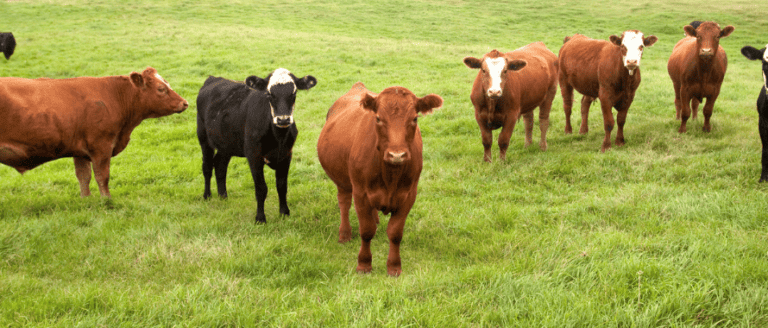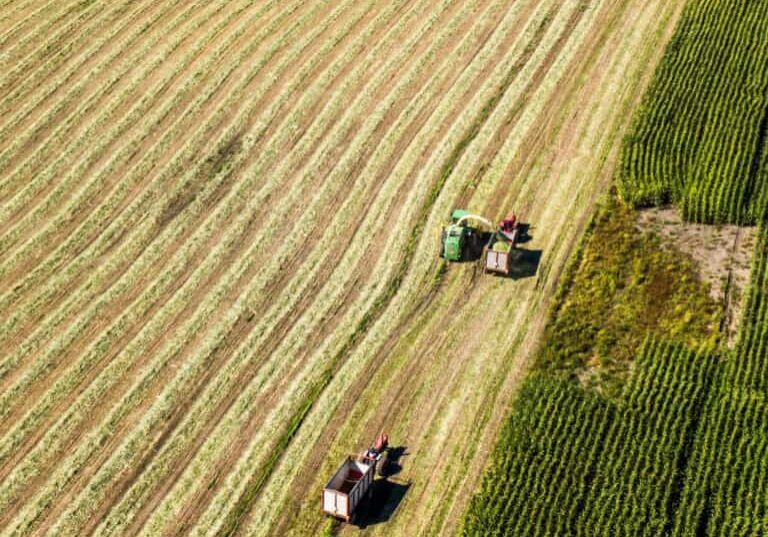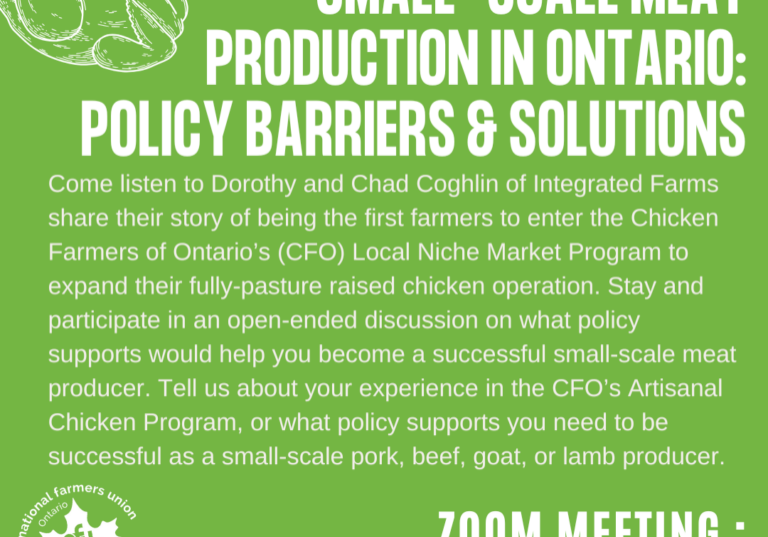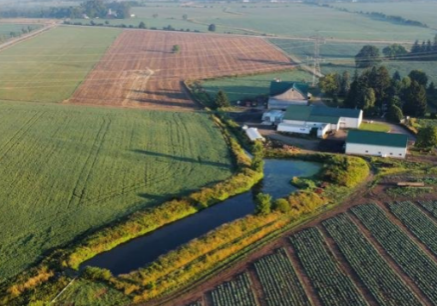Where’s the Beef (Processors)?

National Farmers Union – Ontario Newsletter
The Rural Voice | March 2020
The closure of provincially licenced abattoirs in Ontario has been carrying on for decades. Small abattoirs used to speckle the landscape, requiring farmers to transport their animals mere kilometers away to be processed. Over the past 30 years, closures have become so regular that they don’ t make the news. But today, in eastern Ontario the rate of abattoir closures has gone from being a nuisance to being a crisis. Farmers are forced to book their animals over six months in advance while the cost of processing continues to rise. Animals are being transported two hours or more to be processed, unless you’re lucky. Consequently, the NFU-O has started to take a look at why so many abattoirs are closing rather than changing hands. What makes this business so tough, and what impact does it have on our farming communities?
Over time, layers of regulations aimed at protecting public health have resulted in extra costs to abattoir businesses. BSE and E. coli outbreaks have forced provincial abattoirs to adhere to regulations similar to federally licenced abattoirs, despite the fact that there has never been a case of BSE or E. coli contamination coming from a provincially licenced plant in Ontario. The NFU-O wholeheartedly supports regulations that protect public safety. However, the consequences associated with these regulations come in the form of slowed production or extra costs. The number of animals processed in a provincial abattoir is much smaller than federal plants. In one day at a provincial plant, 30 animals would be killed compared to 200-300 animals that larger, federally-licenced abattoirs see. Therefore, there is less ability to absorb costs incurred by extra expenses and slowed production, which means those extra costs must get passed down to the farmers. One may even wonder if there is much risk of contamination in a smaller, provincially licenced plant simply due to the inspectors’ ability to have more intimate involvement in a smaller environment.
It’ s the small things that count. Cow hides and pig skins used to provide a value-added source of income for these facilities to the tune of $60/hide. But that business has dried up. The demand for animal skin for sporting goods and clothing is being replaced by synthetic materials. Now, not only is the abattoir owner not making $60/hide, but they are also having to pay for disposal.
Meanwhile, there is a cultural issue at hand. As rural culture is impacted by urban sprawl, there is less interest in getting into the small- scale meat processing business or working as an employee. It’s hard work. It requires flexibility, and it requires a strong constitution. When you add regulatory restraints that turn a profitable business into a unprofitable business, it is easy to understand why there isn’t too much interest to take over these businesses. So the doors close. And once closed, it is very costly to open them again.
The impact this has on farmers is simple. It forces farmers to retire or change over from livestock to crops, and it discourages new and young farmers from considering raising livestock. In a time when we want to be encouraging local food production, limiting the layers between growing and eating our food, we need to ensure the infrastructure is there to support farmers who are on a smaller scale. And, we need government policy to reflect its support.
– By Hilary Moore, NFU-O Board member and farmer in Lanark County.
Click here to view the PDF version.
A subscription to The Rural Voice is one of the benefits of being an NFU-O member








